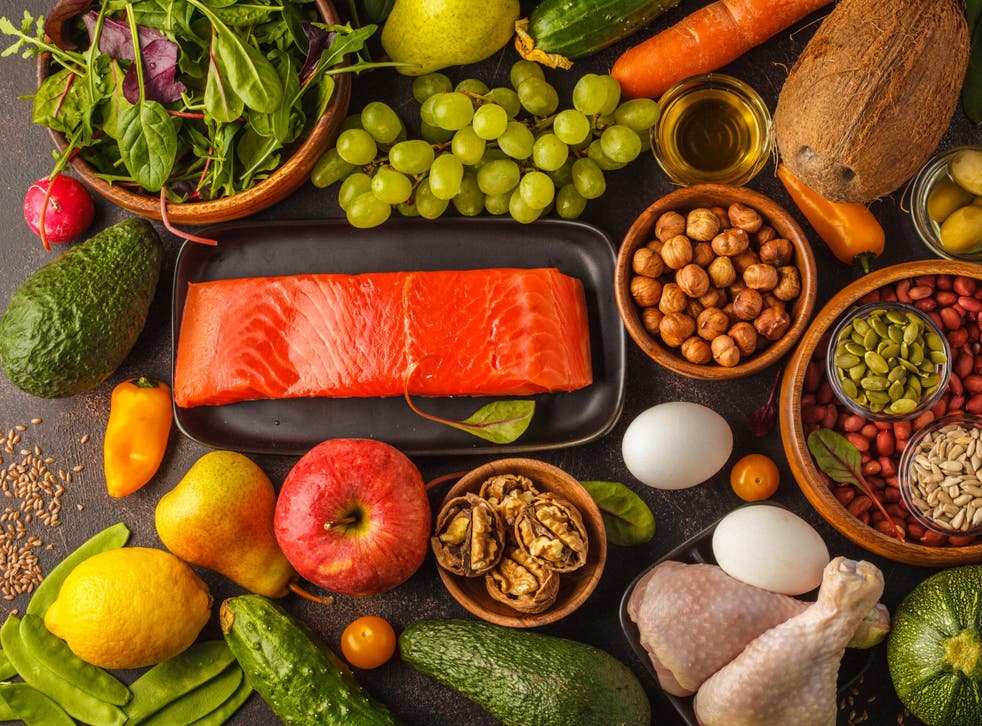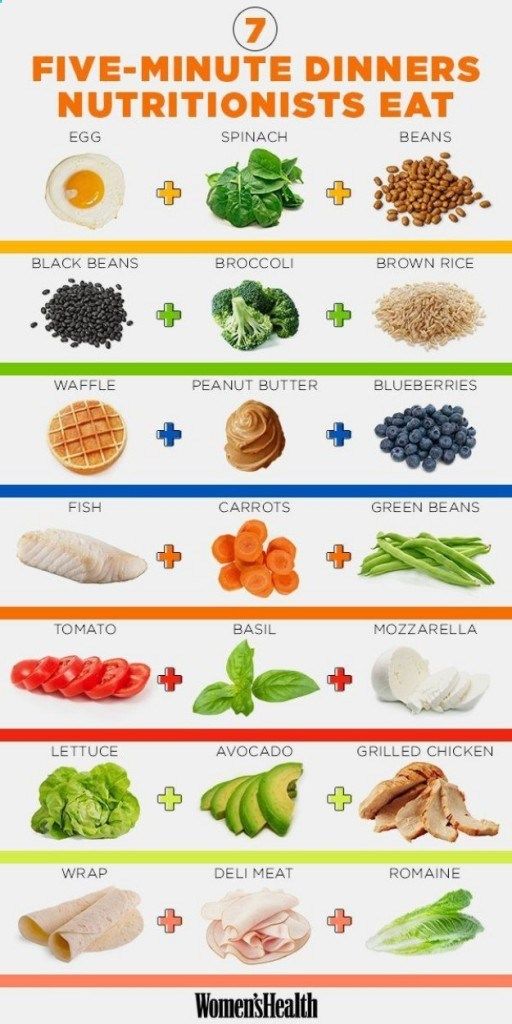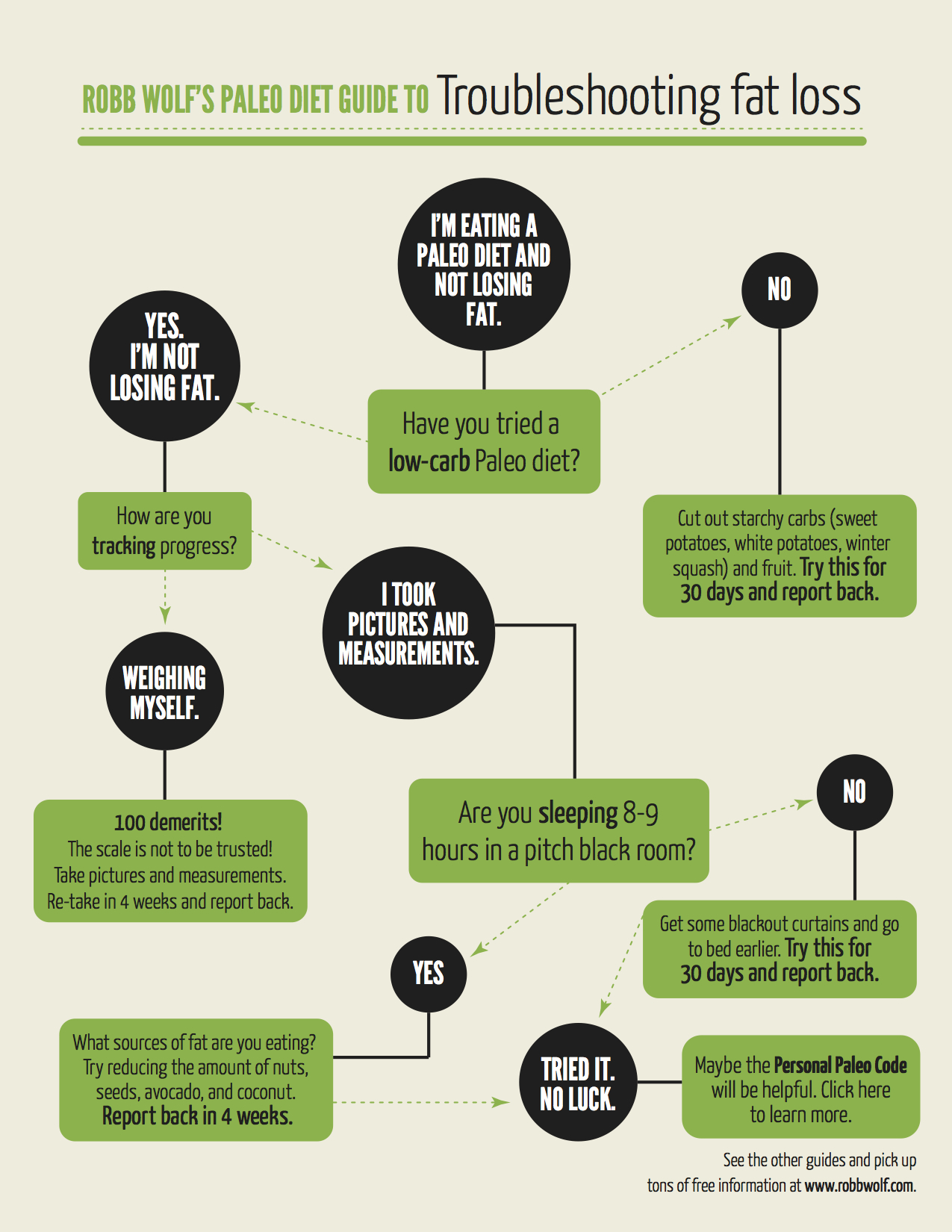
The paleo menu emphasizes eating foods our ancestors used to eat. This diet includes foods such apricots, dried Pumpkin seeds, and banana with almond Butter. It can also be filled with sweet potatoes, chicken, and other vegetables. EatingWell supports certain foods even though the paleo diet might seem restrictive. We will discuss the best foods to eat while keeping a healthy diet.
Pola makanan paleolithic manusia
Christina Warinner, Ph.D., studied pola makan manusia purba and mitos-mitos pola makanan paleolithic manusia in 2010. She reveals that manusia Paleolithic consumed large amounts of daging and ate all kinds of meat. Although this myth was believed widely by paleolithic people it is now outdated and irrelevant.
Paleo diet, also known as "diet of the manusiagua", is a way for people to eat in a similar fashion to the food that manusiagua and men used to consume. They help preserve their heritage and improve their kesehatan. This diet is not right for everyone. It is not for everyone.
The lukisan in the Ramasokat is made up of two types of kelompokan: ceruk and lukisan gua. They were first cultivated in Liabalano, Sulawesi Tenggara, and Liabalano. The lukisan gua consists of a mixture protein, fat, and carbohydrate. These nutrients promote healthy living and may help us understand human evolution.

The modern diet has many benefits, but it also comes with risks. People who eat foods richer in nutrients like those found in Paleolithic Era have a higher risk of developing diseases. Healthy eating habits can help lower your chances of developing diseases. Clean Eating will help you eat better. This diet has many benefits: It is good for your health and will not cause you to get sick.
Paleolithic diet foods
Add sugars, vegetable fats, and artificial sweetness are all common in processed foods. They can be dangerous for your health. Overeating and excessive consumption of refined sugars can lead to obesity. High levels of salt can also cause heart disease. Vegetable oils are also controversial. The American Heart Association recommends corn oil and safflower as alternatives to canola oil. These oils contain high levels of omega-6 fatty acids.
Some commercial paleo diets limit dairy products to a minimum. Others have more strict restrictions. The paleolithic menu includes lean pork loin with onion and carrot stuffing, roasted chicken with onions and carrot stuffing, and steamed broccoli. Other paleo diet plans allow little honey or maple syrup. This diet has received varying degrees of scientific research.
Paleo advocates recommend that you avoid legumes because they contain high amounts of phytic acids. These substances block the absorption from the gut of essential minerals. They are allowed in certain cases. While it may be tempting to eat legumes and potatoes, it's not recommended to add them to your diet as often as you would other processed foods. Your daily meal plan should contain plenty of fruits or vegetables.
Guidelines for eating paleolithic food
Although they are quite different from the usual modern diet, the Guidelines to Eating a Paleolithic Diet share many of the same principles. The Paleolithic diet was primarily made of animal products. However, it is also rich and varied in plants. There are very few restrictions. You need to be aware that some people may not be genetically suitable for this diet and that higher levels of meat may not be good for your health. Paleolithic food is not for everyone.

Paleolithic diets are known to exclude dairy products. These key food groups are at high risk for nutritional deficiencies. A lack of calcium can cause tooth decay. Deficit in this essential mineral could also lead to bone and tooth problems. Calcium also plays a key role in blood Clotting and Muscle Contracting. Moreover, whole grains reduce the risk of heart disease, stroke, and type 2 diabetes. However, because grains were largely eliminated, you may find yourself at risk for calcium deficiency.
These guidelines are specific to Paleolithic eating. It emphasizes eating nutritious foods, such as fruits and vegetables, and restricts carbohydrates and processed food. It is best to follow the guidelines closely so you don't overdo it. A paleolithic diet can be very different for each person. It is important to remember that the Paleolithic diet was based on a lifestyle that existed 10,000 to 12,000 years ago.
FAQ
What is the cost of a culinary school?
Costs for culinary school vary depending on where you live, how long you study and which program you choose. The average tuition cost is $10,000-$30,000 annually. The majority of students graduate with around $20,000 in student debt. There are some programs that offer grants and scholarships as well as work-study options.
What should a beginner cook start with?
For beginners, it is best to begin with something simple like pasta, rice or soup. Learn how to cook with a recipe book, YouTube video or other resources. It's much more fun to cook with someone you know. You can cook together as a family or with friends.
What are the benefits to using a slow cooker
Slow Cookers are very useful because they allow you to prepare delicious meals without wasting time. Slow Cooker Recipes are often healthier than traditional recipes because they require less oil and fat. In addition, slow cooker recipes are convenient because they take care of themselves while you sleep.
What skills will I need to be able to go to culinary school?
A chef's job requires you to be able cook well under pressure and understand food safety regulations. To learn how cook, enroll in cooking courses at your local high schools or community colleges. Once you have learned the basics of cooking, it is time to look for work at a restaurant.
Statistics
- According to the BLS, chefs earn $58,740 a year. (learnhowtobecome.org)
- In the United States, the category is estimated at $23.2 billion annually and is growing faster than the market. (washingtonpost.com)
- The median pay for a chef or head cook is $53,380 per year or $25.66/hour, according to the U.S. Bureau of Labor Statistics (BLS). (learnhowtobecome.org)
External Links
How To
How to make Apple Pie
The process of making an apple pie consists of several steps. The first step is to wash the apples; then, peel them and cut them into small pieces. Then, add sugar. Mix everything and put it in the oven at 350 degrees Fahrenheit for 15 minutes. Let the mixture cool in the oven for 15 minutes, then add the cream to the top. Finally, you sprinkle some powdered sugar on top and serve it.